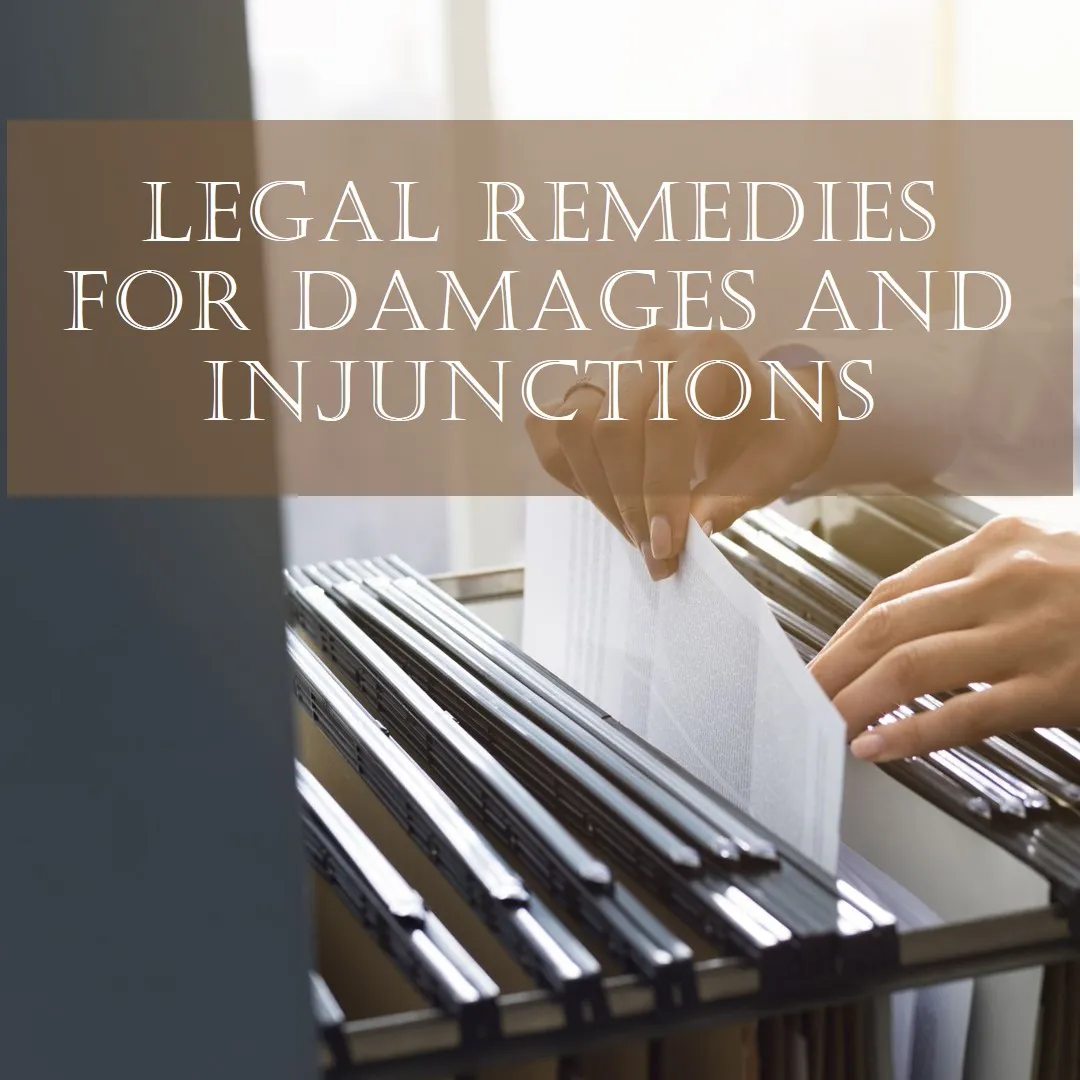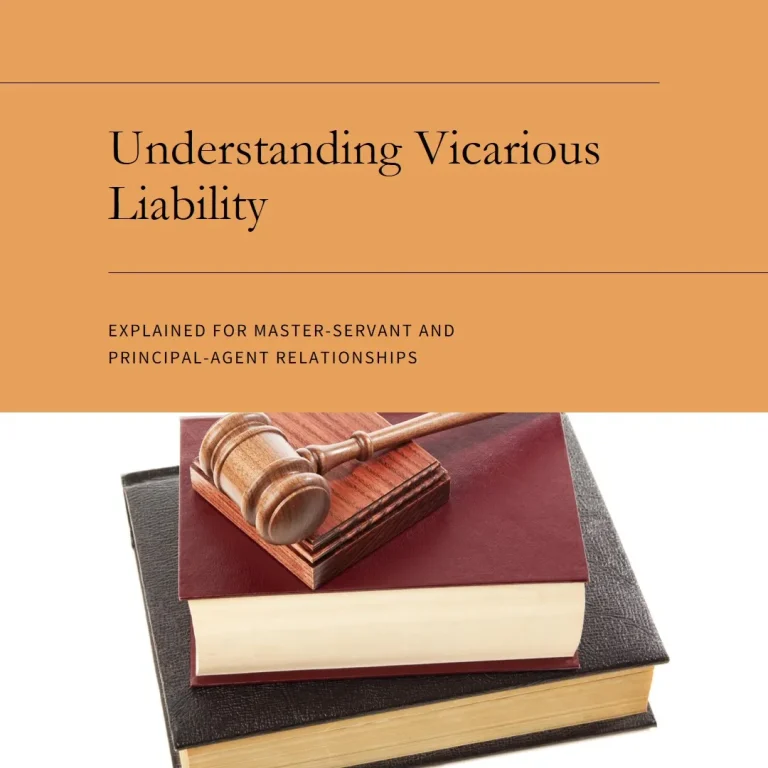
What are Damages in Tort Law?
In tort law, when someone is harmed due to another person’s actions or negligence, the injured person can seek “damages” as a form of compensation. Damages are monetary awards given to compensate for harm or loss.
Types of Damages: From Minor to Major
There are several types of damages, and they serve different purposes based on the circumstances of the case. Let’s explore these types in detail:
1. Contemptuous Damages
Example: If someone insults another person, and the insulted person responds with physical violence, the court might award contemptuous damages if the insulted person sues for assault. The court acknowledges the assault but feels the plaintiff provoked it with their offensive remarks.
Case: In Kelly v. Sherlock, the plaintiff sued a newspaper for publishing defamatory statements. However, the plaintiff’s response was so aggressive that the court awarded only a token amount (one farthing).
2. Nominal Damages
Example: If someone trespasses on another person’s property without causing any damage, the property owner can receive nominal damages for the trespass itself.
Case: In Constantine v. Imperial London Hotel, a famous cricketer was wrongfully denied entry to a hotel, but since he was provided accommodation elsewhere, he was awarded nominal damages.
3. Ordinary (Real or Substantial) Damages
These are the most common type of damages. They are awarded to compensate the person who was harmed for their actual losses of money.
Example: If a person’s house is damaged by a neighbor’s actions, they can receive compensation for the reduced value of their property.
Case: In Moss v. Christ Church R.D.C., Mrs. Moss’s cottage was destroyed by a fire caused by a steam roller. The court awarded damages based on the decrease in the cottage’s value, not the cost of rebuilding it.
4. Exemplary (or Punitive) Damages
These are damages that are awarded to punish the person who caused the harm, rather than just to compensate the person who was harmed. They are usually awarded in cases where the person who caused the harm acted recklessly or maliciously.
Example: If someone is detained unlawfully by a government official and treated in a degrading manner, the court may award exemplary damages to punish the official and deter future misconduct.
Case: In Huckle v. Money, a printer was wrongfully detained but treated well. The court still awarded substantial damages to punish the official for the unlawful detention.
5. General and Special Damages
- General Damages: These are awarded for non-monetary losses that are presumed to result from the defendant’s wrongful act, such as pain, suffering, and loss of reputation. They do not need to be specifically detailed in the plaintiff’s complaint.
- Example: Compensation for emotional distress caused by an injury.
- Special Damages: These are awarded for specific monetary losses that can be precisely calculated and must be explicitly claimed and proven by the plaintiff.
- Example: Medical expenses and lost wages due to an injury.
6. Liquidated and Unliquidated Damages
- Liquidated Damages: Pre-agreed amounts specified in a contract, payable in the event of a breach. These are commonly found in contract law rather than tort law.
- Unliquidated Damages: Unliquidated damages are damages that are not specified in a contract and are determined by the court.
Injunction
An injunction is a legal order from a court that tells someone to do or not do something.
Kinds of Injunctions
1. Based on Duration:
- Temporary (or Preliminary or Interlocutory) Injunctions
- Perpetual (or Permanent) Injunctions
2. Based on Character:
- Prohibitory Injunctions
- Mandatory Injunctions
Temporary and Perpetual Injunctions
Temporary Injunctions:
- Definition: These injunctions are temporary and last until a specific time or until the court decides what to do next. They are like a “hold on” order to preserve the situation until the court can make a final decision.
- Purpose: The main goal is to keep things as they are until the court can fully hear and decide the case. This helps to protect the property or rights in question during the trial.
- When Given: They can be issued at any stage of a lawsuit and are governed by specific rules in the Code of Civil Procedure.
- Nature: They are provisional, meaning they are not final and only last for a short time.
Perpetual Injunctions:
- Definition: These are permanent court orders issued at the end of a trial. These injunctions are permanent and last forever. They are like a final “stop” order that tells someone to never do something again.
- Purpose: They stop the defendant (the person being sued) from doing something that would harm the plaintiff (the person suing).
- When Given: These are only granted after the court has heard and decided the full case.
- Nature: They are final and last indefinitely unless the court orders otherwise.
Prohibitory and Mandatory Injunctions
Prohibitory Injunctions:
- Definition: These injunctions tell someone to stop doing something bad or wrong. For example, “Stop building that house on my land!”
- Purpose: To stop the defendant from continuing or starting an action that would be harmful or illegal.
- Example: If someone is polluting a river, the court can order them to stop.
Mandatory Injunctions:
- Definition: These orders tell someone to do something positive to fix a situation. For example, “Take down that building you built on my land!”
- Purpose: To restore things to how they were before the problem occurred.
- Example: If someone illegally builds on another’s land, the court can order them to tear down the construction.
Quia Timet Actions [Potential Future Harm]
- Definition: “Quia Timet” is Latin for “because he fears.” These actions are taken to prevent a potential harm that has not yet occurred.
- Purpose: To protect someone’s rights or interests from future threats, not just existing problems.
- Historical Context: Originally, these actions started in common law and were meant to prevent future wrongs before they happened.
- Modern Use: Nowadays, these kinds of preventative measures can be requested in court to avoid possible future damage.






